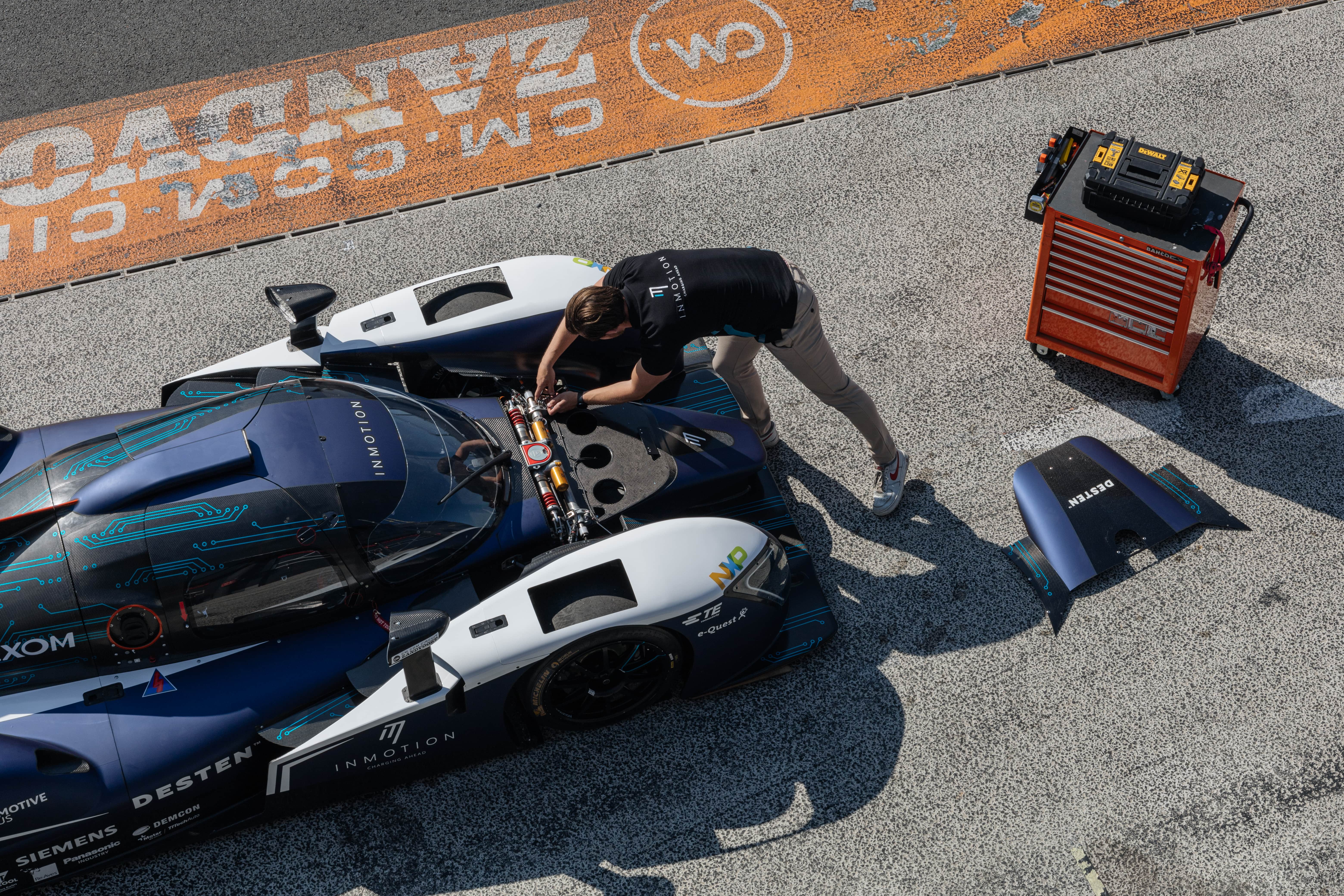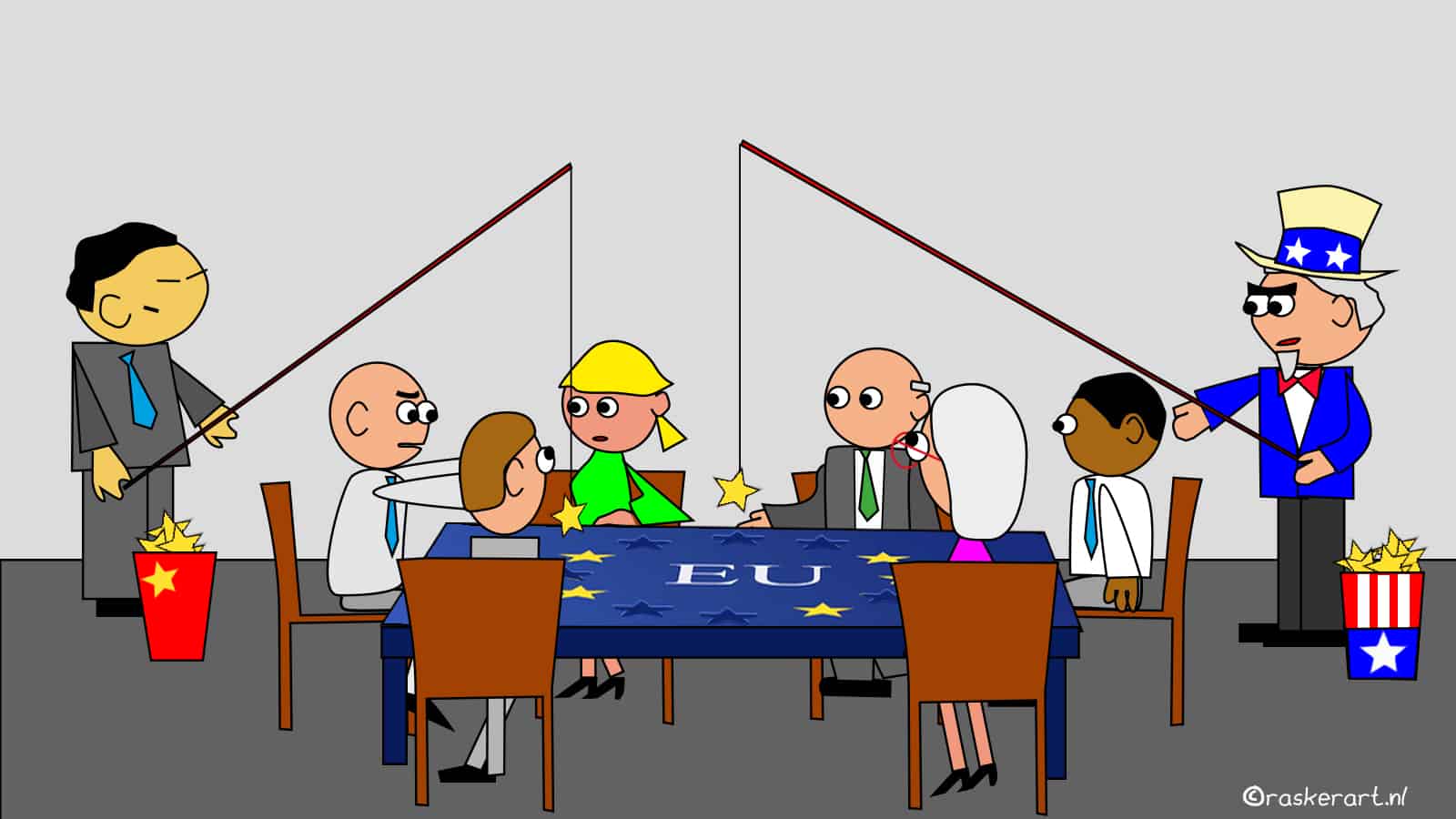
Berlin-based researchers from Humboldt University, Charité Hospital University, and the Max Delbrück Center for Molecular Medicine have for the first time succeeded in building a microscope that uses split photons to create molecular images. The German institutes are thereby building on the work of the Austrian physicist and pioneer of quantum mechanics, Anton Zeilinger. He is also known as ‘Mr. Beam‘ and first outlined the technique just over five years ago.
The key to the microscope is a part of the light spectrum that is invisible. This is an infrared light that has a wavelength between 780 and 1000 nanometers. This invisible light can be used to make enhanced images at the molecular level of e.g. blood or skin samples.
We do not need that invisible light for ordinary photographs of a vacation or a wedding. But it can provide crucial information about molecular variations or transformations for biomedical research.
Digital camera
Modern cameras typically use silicon semiconductors. There are literally billions of so-called CCD (charge-coupled device) and CMOS (complementary metal-oxide-semiconductor) sensors, cameras, and cell phones that use this type of semiconductor. This enables light (photons) to be converted into electrical impulses (electrons) to render an image visible.

But just like the human eye, these cameras are not capable of seeing all the infrared light. The part in the middle with the above-mentioned wavelength remains invisible.
There are cameras that can capture these images, however, they are extremely expensive and unaffordable for most universities and institutes.
Visible and invisible photons
What the German researchers have now done is to more or less split the photons into two As in, a visible and an invisible part. They use a laser and a non-linear crystal in order to do this.
The laser can be configured in such a way that the crystal only lets through the invisible light or both types of light. This is directed at a sample that is to be examined. The reflected light is then captured by a camera and produces several different types of molecular images.
The researchers still need to advance the technique further, but the hope and expectations are that they will be able to build a commercial microscope for this invisible light in the not too distant future.







